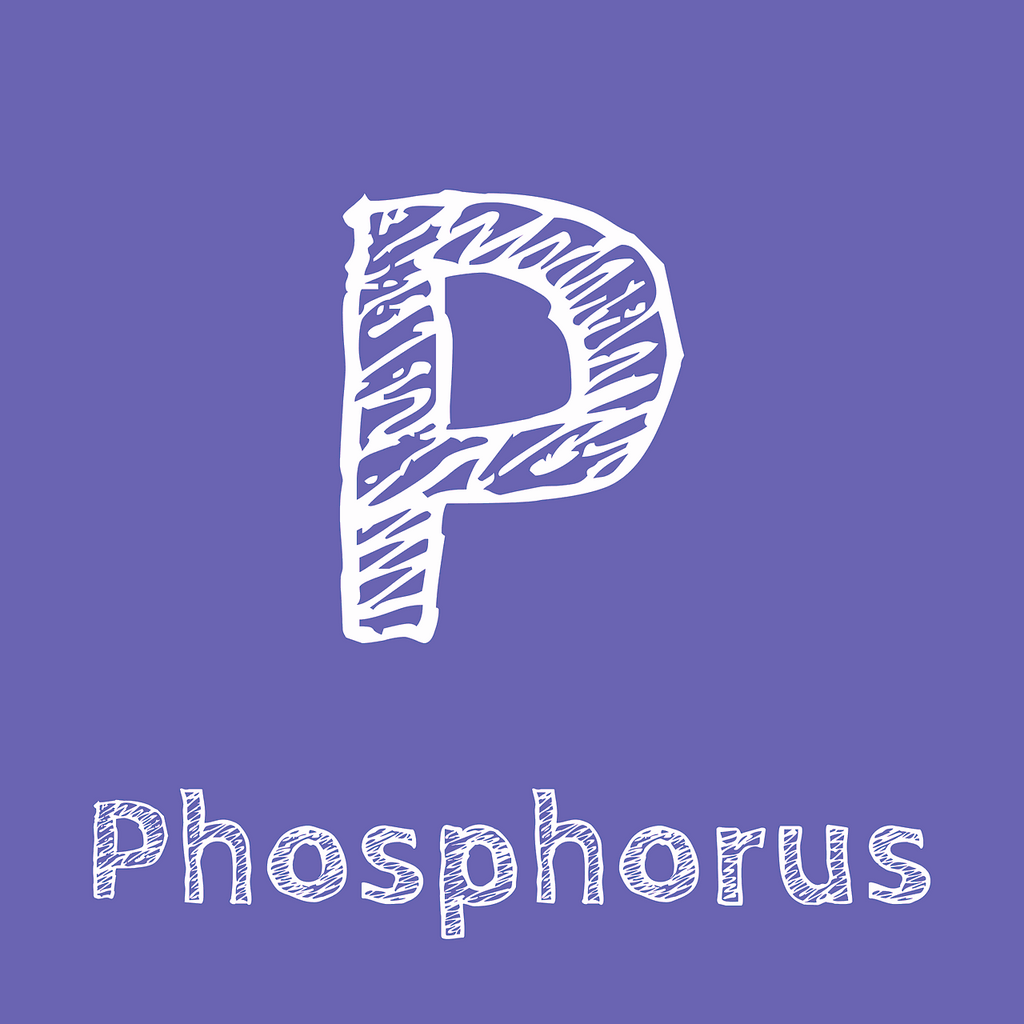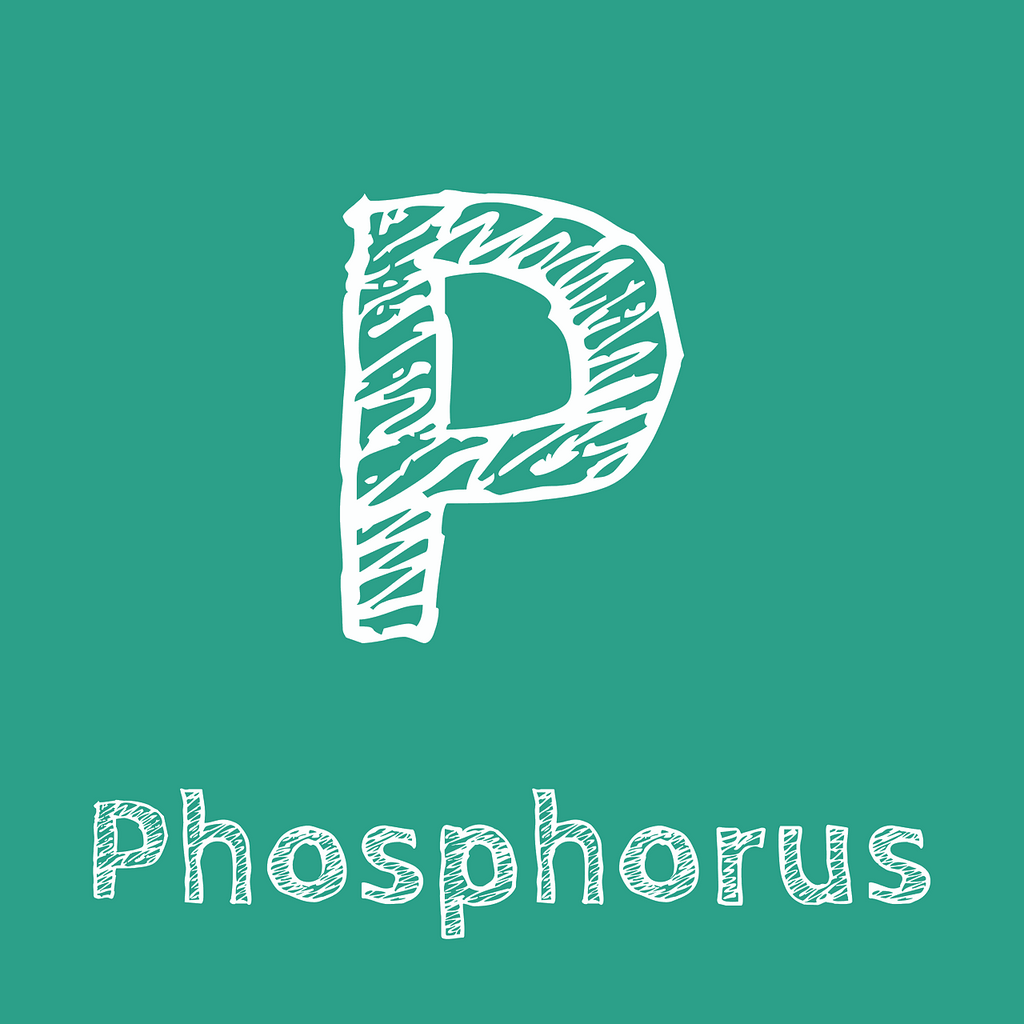Coco + Calcium + Hemp
Coconut coir is a byproduct of the coconut industry, being used for the production of coconut oil, juice, and flesh (or “meat”). These are produced from coconut palm trees. As with most fruits, coconuts contain large amounts of potassium. The coconut husk is essentially a lignin compound, similar to wood, but evolved to be more resilient as it protects the reproductive part of the coconut palm tree. Therefore, coconut husks contain a lot of potassium within their cellular structure, and are very resilient to decomposition. The husks of mature coconuts are processed and rinsed for the production of coco coir, which is used as a growing media. If the coconuts are grown in a highly sodic environment, the lignin compound will also contain sodium, along with potassium, within its cellular structure. This is why it is important to use coco coir that has been grown and processed in fresh water conditions.
Many people talk about “charging” coco coir, but what does that mean? Because the compounds that make up coco coir contain within them a lot of potassium, they will slowly leach this potassium as the media is acidified with water and fertilizers. Coco coir also has a complex structure and therefore a high cation exchange capacity, meaning it will easily hold onto a lot of positively charged ions, namely calcium, magnesium, potassium, and sometimes sodium. Because coconuts are fruits and have a high potassium content, as this potassium is released in ionic form, the substrate will hold on to it until an exchange occurs with another positively charged ion. This is how live plants take up these vital nutrients, through a constant exchange of ionic exudates, namely H+. However, potassium and sodium are both monovalent and have a weak bond to the exchange sites and can easily be released. Calcium and magnesium form stronger bonds and tend to persist longer in these soil and substrate exchange sites.
Calcium works as a flocculator in soils. Flocculation is a process of bonding between elements that creates larger aggregates. High calcium soils are well aggregated and therefore have larger pores and pockets for oxygen. Oxygen in the rootzone is vital for both hydroponic and soil growing, and could be argued is the main driving factor in growing plants commercially. From this knowledge, we can deduce that calcium is vital not only as a plant nutrient, but for the structure of a soil and growing media. Magnesium is also a flocculator in soil, however it is taken up in much smaller quantities by plants, and also tends to hold on to water more than calcium, reducing oxygen in the rootzone when the media is moist. So the process of “charging” coco coir means that we are “pushing” out excess potassium from those exchange sites, and replacing it with calcium. And since the calcium forms a stronger bond, it will stay at those exchange sites longer and lend to a better structure and aeration of the substrate. This is true for all media and soils, the difference with coco is that there will be more potassium to offset. The benefits of this are a more stable pH, and a small amount of continuously available potassium.
Various calcium sources can be used for this, however calcium nitrate is often chosen because of its high solubility. For this reason, hydroponic formulations for coco will contain higher levels of calcium nitrate, and keep it at a higher concentration later into the flower cycle. For this same reason, calcium nitrate is often the best choice used to rinse and “charge” coco coir.
Hemp in particular has proven to be one of the most profound calcium accumulating plants on earth. There isn’t a clear upper level to how much calcium hemp can remove from the solution or media. Hemp responds incredibly well to being grown in coco with a high calcium hydroponic feed.



